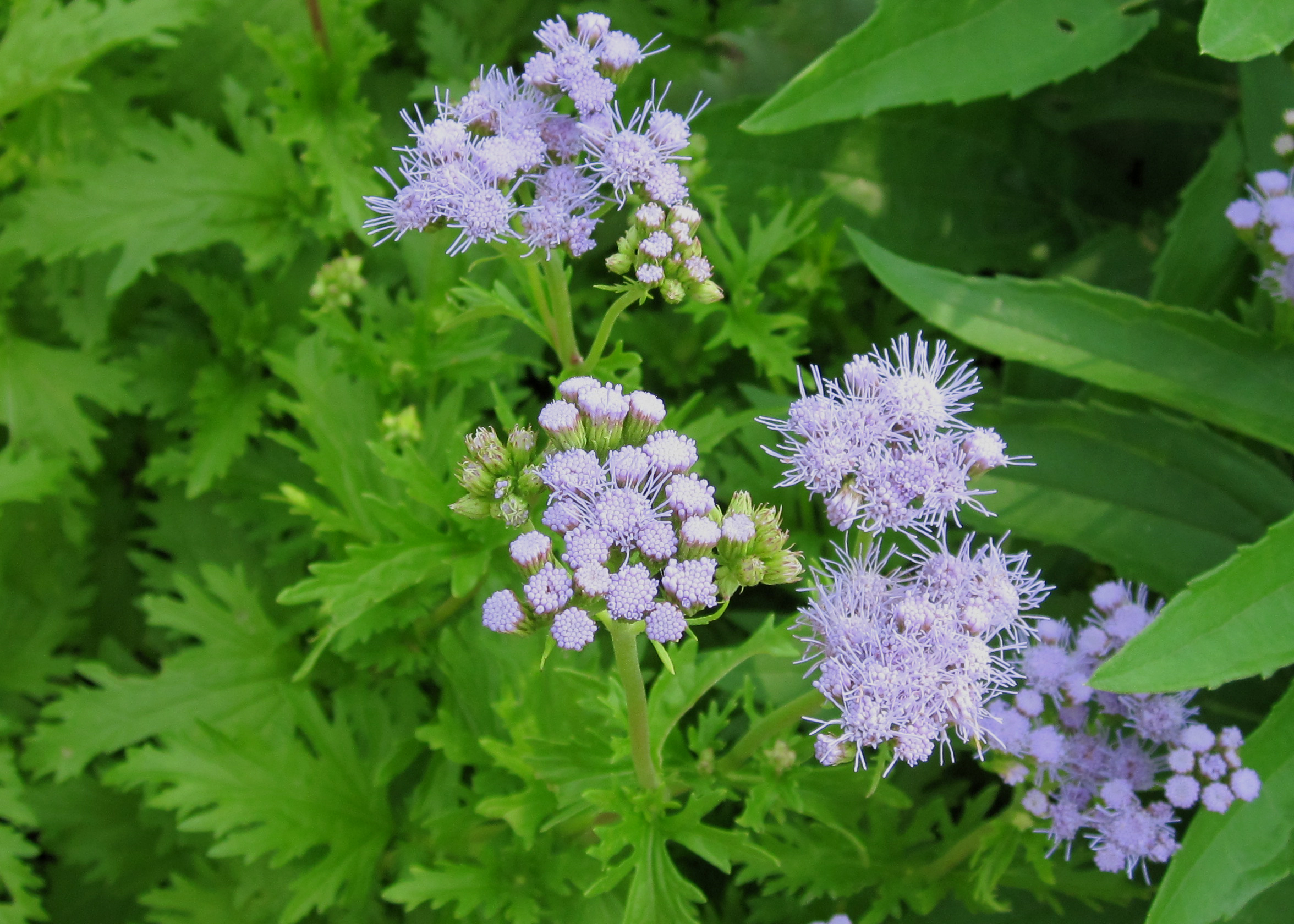John Fanick and Victoria summer Phlox named Texas Superstars
Both perform fairly well in less desirable situations and are reliably perennial throughout the state of Texas
To attract butterflies to a summer garden, try planting summer phlox, Phlox paniculata. These flowers — John Fanick and Victoria summer phlox — have just been named Texas Superstars by Texas A&M University, which means they will be top performers in the garden.

“In midsummer, when spring flowers have faded, summer phlox will bring clouds of butterflies to your garden and even attract a few hummingbirds,” said Dr. Wayne Mackay, Texas Agricultural Experiment Station horticulture researcher at Texas A&M Dallas. “In addition, you will have bouquets of fragrant flowers that can be used as cut flowers.”
According to Mackay, Phlox paniculata is native in the eastern third of the United States. In the 1700s, Europeans settling in that area found these plants growing wild in damp meadows, along forest edges, and in the rich soils of flood plains, and saw their potential as garden plants. Their showy, fragrant flowers quickly became a hit throughout Europe and, by the mid-1800s, were commonly available in the nursery trade. By the 1950s, hundreds of varieties were available, thanks to breeding programs in England, Russia, Germany and Holland. As a result, many varieties were planted throughout Europe and North America, but in the intervening years, many of these have disappeared from the commercial trade.
Although summer phlox is common to old gardens throughout the southeastern United States, the number of varieties found in old Texas gardens is limited. Most introduced varieties are prone to powdery mildew and spider mites, and do not tolerate the heat of Texas summers.
Mackay explained that, in the early 1990s, Greg Grant, a premier plantsman in the South, observed a row of summer phlox growing in St Augustine grass, half under a live oak and half in the sun in southeast San Antonio. These flowers had clusters of light pink flowers with a darker pink throat.
Grant obtained plants from the homeowner and included them in a Texas Superstar trial of summer phlox.
During the same time period, Dr. Jerry Parsons, Texas Cooperative Extension horticulture specialist in San Antonio, found another phlox with magenta pink blossoms in a old San Antonio garden; it was included in the trial as well.
“Results of those trials at several locations across the state indicated that these were the top-performing summer phlox. However, we had no name for either plant,” said Mackay.
“When John Fanick of Fanick’s Nursery in San Antonio died suddenly, we decided to name one plant in honor of John and promote it as John Fanick phlox.”
The other summer phlox was named Victoria. In addition to the different flower color, the major distinguishing features of Victoria is a lighter green foliage and a more open growth habit than John Fanick.
According to the results of the research, in general, summer phlox prefer fertile soils high in organic matter, but both John Fanick and Victoria perform fairly well in less desirable situations. Both cultivars are reliably perennial throughout the state of Texas.
“In general, these perennials can grow to more than 3 feet in height, but fertility will greatly influence ultimate plant size, Mackay said. “In my own garden in Dallas, these plants have often exceeded 4 feet.”
Both cultivars can grow in light shade, but are best in full sun. Although both cultivars are tolerant of powdery mildew, planting in areas of good air circulation (space well and thin out stems as needed) will lessen any potential powdery mildew problems. Avoiding overhead watering will also lessen any disease problems.
A summer mulch that helps keep the root zone cool is beneficial. To encourage reblooming and keep the plants tidy, shear after the first bloom cycle. In winter cut them to the ground after the first severe frost, and apply a little lawn fertilizer in the spring. To propagate, divide clumps in the spring or take tip cuttings in spring and early summer. Neither variety comes true from seed.
Recently Mackay and Dr. Narendra Sankhla at Texas A&M Dallas have been conducting research on John Fanick phlox as a cut flower with a grant from the Texas Department of Agriculture.
“With no treatment, John Fanick phlox flowers have a vase life of seven to 10 days, but with experimental treatment, vase life has been extended dramatically, with some treatments resulting in more than 14 days,” said Mackay.
They expect to have the results of their work available to the public in a few years.
The Texas Superstar effort is a horticultural research and Extension program of Texas A&M.
“This cooperative program combines the expertise of university and industry leaders in the identification of superior landscape plants for Texas and their subsequent introduction in the marketplace,” said Mackay.
To identify such plants, the Agriculture Program at Texas A&M conducts extensive horticultural field trials, during which the plants are never sprayed with any pesticide.
For more information on John Fanick and Victoria phlox flowers or to find the nearest official Texas Superstar retailer, go to www.TexasSuperstar.com.





